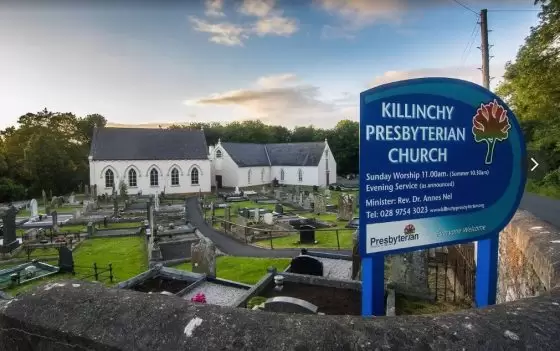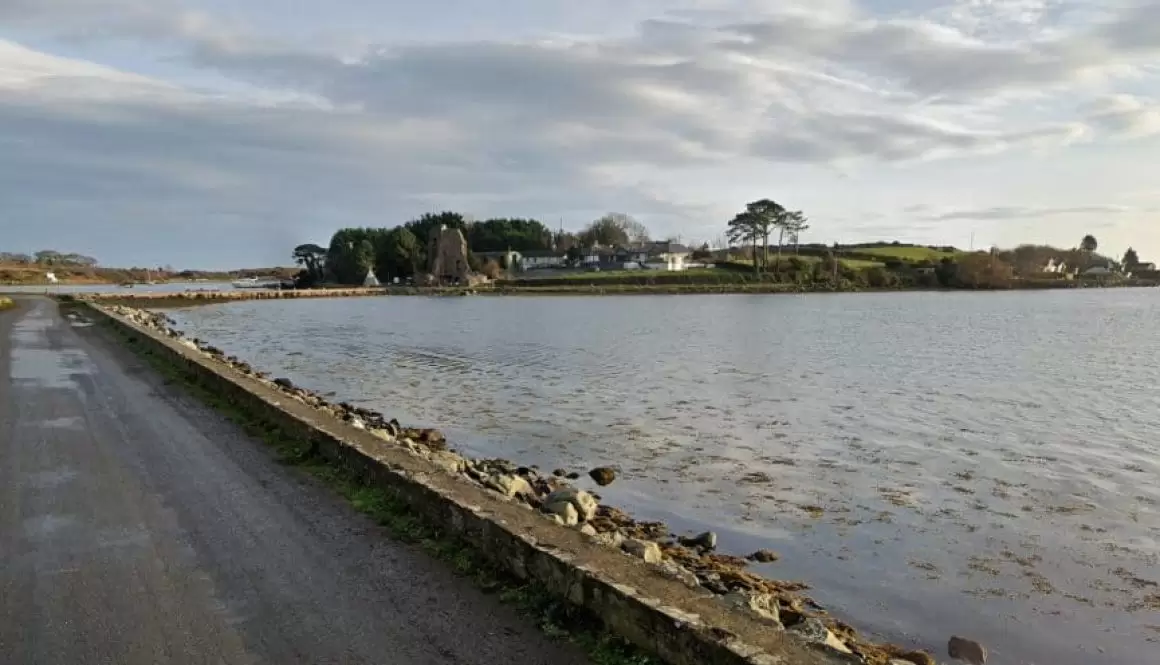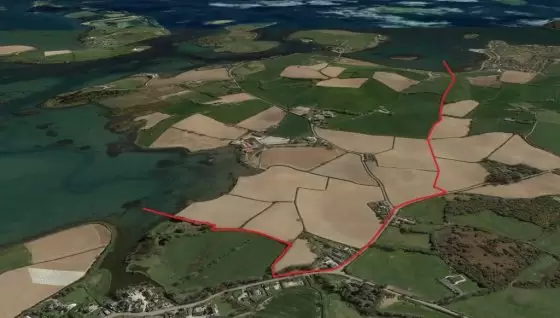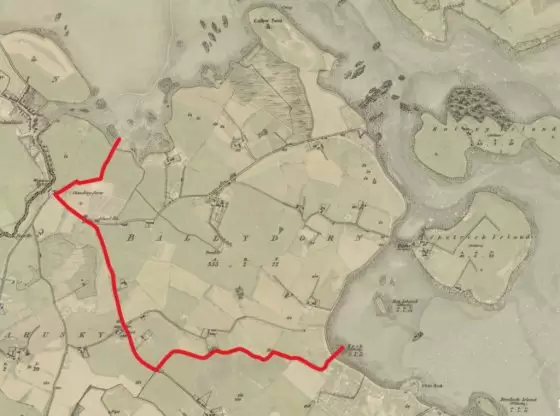Robert McCann and Mary Gilmour
Robert McCann and Mary Gilmour
Robert McCann & Mary Gilmour
This page is something of a work in progress as I currently know only a limited number of confirmed facts about Robert and Mary. Firstly I know from my great grandfather’s marriage and death certificate that his father was a weaver called Robert McCann and his mother was called Mary Gilmour.
Since writing the paragraph above further information has come to light which appears to go some way to corroborating the hypothesis that Robert and Mary were the parents of William Gilmour McCann. This was described in a post dated 19 February 2023.
I need to declare an interest here as my middle name is Gilmour, so it is a matter of some satisfaction to me to have traced the source of the name Gilmour!
Update – February 2023
I recently received information from the North of Ireland Family History Society. They run a volunteer service to look up information in the records they maintain for members of the society who are not resident in the North of Ireland.
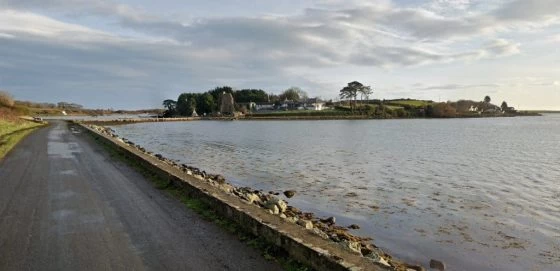
Ballydorn
William Gilmour McCann was born in 1839, one year after their marriage. Killinchy is also only 12 miles from Belfast, Northern Ireland and also 12 miles from the McConnell home near Helen’s Bay.
As we have now found the baptismal record of William Gilmour McCann in the records of Killinchy Presbyterian Church dated 11 August 1839, it now seems increasingly likely that we have found the correct parents for William, as the baptismal date corresponds with Williams age as shown on his marriage certificate in Belfast and his death certificate in Glasgow.
All the evidence seems to corroborate rather than contradict the hypothesis that Robert and Mary were the parents of William McCann.
Hand Loom Weaving of Linen
The linen trade played a pivotal role in the social and economic development of Belfast. The manufacture of linen was the catalyst that allowed it to grow from a town into the region’s pre-eminent city. It grew most rapidly during the 1860s – by the end of the 19th century Belfast was the linen capital of the world.
During the 18th and early 19th centuries, linen production in Ireland was a domestic industry on the farm. Flax was harvested and scutched (a process which made flax more fibrous), and then the women in the household spun it into yarn which was woven into linen cloth and taken for sale at the local market town. These farms were a common feature of the north of Ireland in the early nineteenth century.
At this time the wealth of the linen trade was in the hands of drapers and bleachers who expended their capital through the purchase of the raw, brown linens, which were then bleached over a period of six months. The finished white cloth was sold on later. In 1728 the Linen Board built a White Linen Hall in Dublin where the bleached linens were sold for export.
Linen manufacture was so widespread in Ulster that eventually the northern bleachers built their own White Linen Hall in Belfast, so they could deal direct with English traders. The port of Belfast quickly came to dominate linen cloth exports.
Ballydorn
Ballydorn is a stunningly beautiful part of County Down. It is a small Townland of only about 360 acres. It is located on the shore of Strangford Lough just to the north of the village of Whiterock, and about two miles to the east of Killinchy.
The map opposite has been created using the 1840 series Ordnance Survey 6 inch to the mile map and has been laid over contemporary satellite imagery of the area.
The opacity of the top map has been reduced to enable the current satellite imagery to be visible below the map.
Killinchy Presbyterian Church
Killinchy Presbyterian Church is sometimes known as Killinchy First Presbyterian Church to avoid confusion with the Killinchy Non-Subscribing Presbyterian Church.
The Non-Subscribing Church is the name of a separate denomination of Presbyterianism. Non Subscribing Presbyterians (NSP) don’t subscribe to the Westminster Confession of Faith (which other Presbyterians follow). They don’t believe in the Trinity, and instead believe there is one unified spiritual being (God, if you like). They are sometimes known as Unitarians because of this belief in a Unity rather than a Trinity. They also don’t proselytize, so have no missionaries.
The Presbyterian church in Killinchy split in 1835 with some members leaving to establish an NSP church. So there are 2 sets of records post 1835. The NSP took the old records with them so they have the pre 1835 mainstream Presbyterian records.
